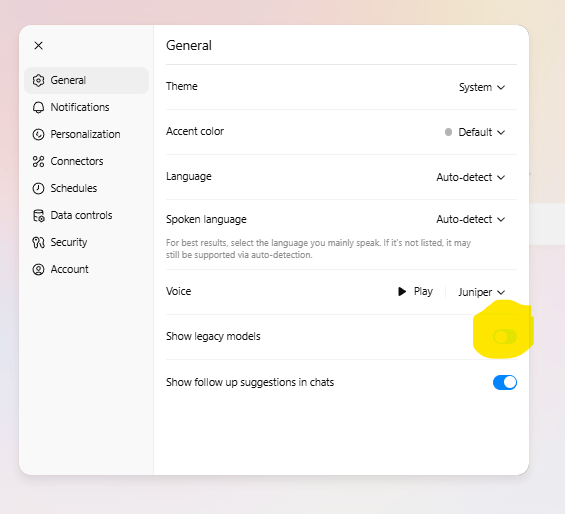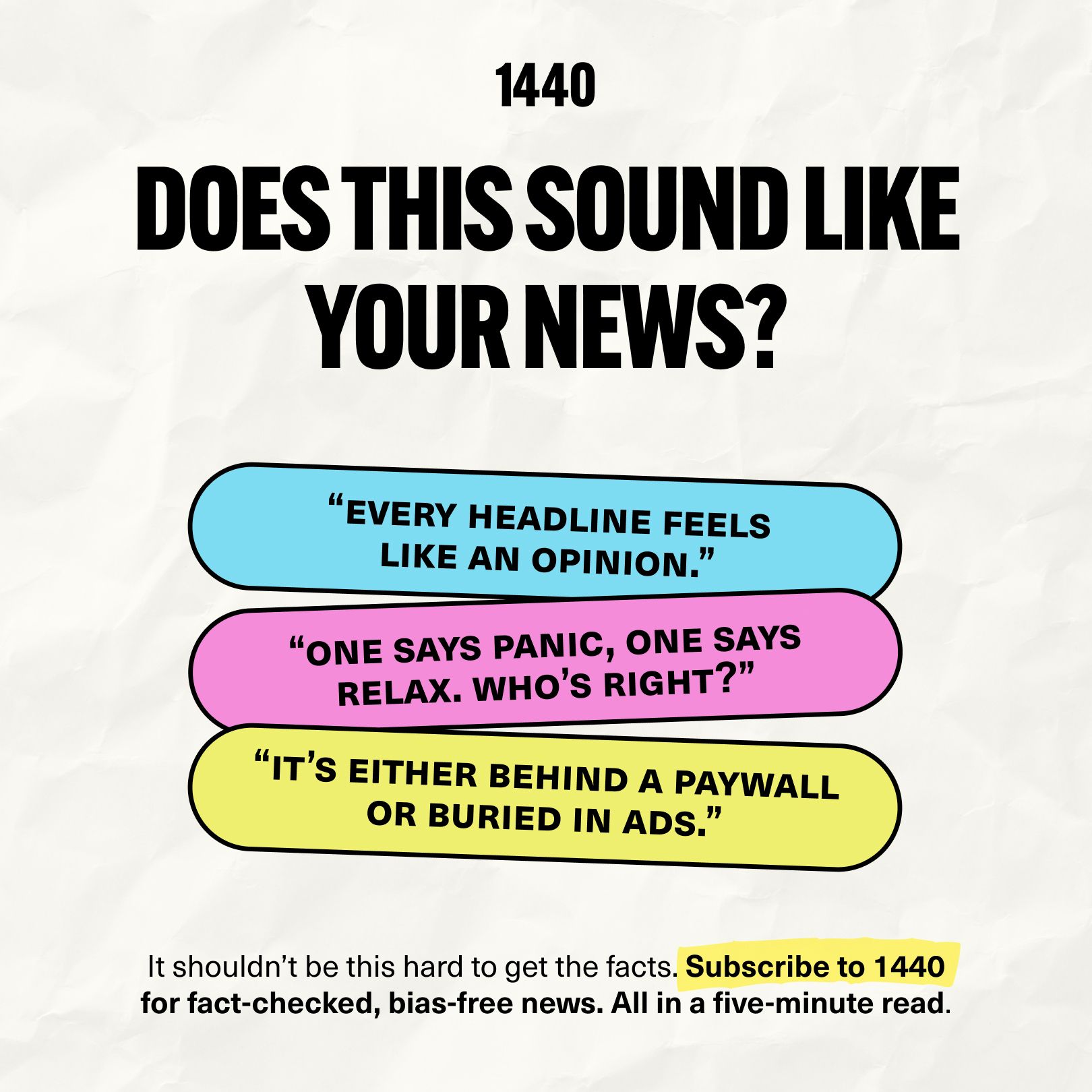- AI for Ecommerce and Amazon Sellers
- Posts
- Guide: Mastering GPT-5
Guide: Mastering GPT-5
Plus new from Google & Yelp

From Our Sponsor:
Looking for unbiased, fact-based news? Join 1440 today.
Join over 4 million Americans who start their day with 1440 – your daily digest for unbiased, fact-centric news. From politics to sports, we cover it all by analyzing over 100 sources. Our concise, 5-minute read lands in your inbox each morning at no cost. Experience news without the noise; let 1440 help you make up your own mind. Sign up now and invite your friends and family to be part of the informed.
Guide: Mastering GPT-5

Understanding GPT-5 and Model Evolution
Note: I provided an in-depth overview of GPT-5's capabilities and initial impressions in Friday's issue. This guide focuses on practical implementation techniques.
GPT-5 represents a significant advancement in AI capabilities, offering improved reasoning, better long-context understanding, and more sophisticated problem-solving abilities. Unlike earlier models, GPT-5 excels at complex planning, multi-step reasoning, and self-evaluation—making it particularly valuable for professional work that requires strategic thinking and quality control.
However, there's an important caveat: OpenAI has removed access to many older models, forcing users to adapt to the new system whether they're ready or not. This "upgrade or lose access" approach means you can't simply stick with what was working before. While this pushes everyone toward more capable tools, it also eliminates the choice to use simpler, faster models when they might have been perfectly adequate for basic tasks.
This guide focuses on practical techniques for getting the most value from these advanced AI capabilities, treating GPT-5 not just as a writing tool, but as an intelligent collaborator that can plan, execute, and evaluate work alongside you.
Note on Legacy Models
If you prefer to use older models like GPT-4o, you can still access them:

Go to Settings in ChatGPT
Toggle "Show Legacy Models"
Select your preferred older model from the dropdown
Quick Start Guide
Before diving into detailed techniques, here are the essential practices that deliver immediate results:
Choose the Right Model
GPT-5: Default choice for most professional tasks
GPT-5 Thinking: Use for complex analysis, novel coding, or strategic planning
Thinking Pro: For the most demanding tasks requiring extensive reasoning (if you’re paying)
Set Clear Parameters
Always establish upfront:
Objective and success criteria
Target audience and tone
Expected format and deliverables
Quality standards
Use the Plan-Then-Execute Approach
Ask GPT-5 to propose a plan before starting work
Review and approve the approach
Let it execute while maintaining quality checkpoints
Iterate based on results
Core Setup for Maximum Effectiveness
Model Selection Strategy
Start with GPT-5 for general professional tasks
Upgrade to GPT-5 Thinking when you need:
Novel code solutions
Complex data analysis
Strategic planning
Creative problem-solving
Set reasoning expectations: "Spend up to 60 seconds planning; use 10-15 key reasoning steps"
Personalization Setup
Configure Custom Instructions with your role, typical audiences, preferred tone, citation style, and common constraints
Create project-specific guidelines for recurring work types
Maintain updated source materials like style guides, data dictionaries, and current project briefs
Workspace Organization
Use Projects for multi-file work to keep context, files, and conversations together
Name files descriptively for easy reference
Keep source documents current and well-organized
The Mental Model: Planner + Executor
The most effective approach treats GPT-5 as both a strategic planner and skilled executor:
1. Frame the Work
Define clear objectives and success criteria
Specify constraints and requirements
Identify target audience and context
2. Plan Together
Request a brief plan with milestones and potential risks
Ask for a scoring rubric to evaluate success
Review and refine the approach before execution
3. Execute with Oversight
Generate multiple options when appropriate
Use the established rubric for evaluation
Maintain quality checkpoints throughout
Prompt Patterns
The "Deep Thinking" Approach
Take the time needed; prioritize accuracy over speed.
Sketch your plan briefly, then execute methodically.Variations:
"Think deliberately through each step"
"Reason systematically; show your key decision points"
"Use up to [X] seconds for planning; aim for thorough analysis"
Plan-Then-Execute Pattern

You are my [specific role].
Goal: [clear objective]
Constraints: [limitations and requirements]
Deliverables: [expected format and scope]
Process:
1) Propose a 5-8 step plan with potential risks and mitigations
2) Wait for my approval OR proceed if I say "go"
3) While working, maintain a brief changelog and list any assumptionsOptions-Evaluation-Improvement Cycle

Generate 3 diverse approaches to this challenge.
Then create a 6-8 point evaluation rubric with weights.
Score each approach using the rubric, justify your scores, and select the best option.
Improve the winning approach to version 2.0 and show what changed.Style Capture and Application

Here are 2-3 samples of my writing style.
Analyze and create a style guide covering:
- Tone and voice characteristics
- Sentence structure preferences
- Common phrases and terminology
- Words or approaches to avoid
Apply this style guide to all future responses in this conversation.Quality Assurance Integration
Before finalizing any response, run a quality check:
- Fact-check key claims against reliable sources
- Flag any weak evidence or unsupported statements
- Mark assumptions clearly
- List the top 3 potential failure modes and how to address them
- Cite all sources usedResearch and Analysis Framework
Research task: [specific topic or question]
Deliverables:
- 1-page executive summary
- Key findings with source citations
- Areas of uncertainty or conflicting information
- Recommended next steps or experiments
- 5-slide presentation deck
Prioritize reputable primary sources and note any limitations.Advanced Techniques and "Power User" Tips
Depth and Quality Enhancement
Request deeper thinking: Explicitly ask GPT-5 to "take more time" and "show the planning process" for better results
Use evaluation rubrics: Have GPT-5 create scoring criteria before judging its own work
Set creative constraints: Provide specific requirements and examples to follow or avoid
Efficiency Multipliers
Template development: Save your best prompt patterns for reuse
Multi-file workflows: Upload all relevant materials at once with clear instructions about relevance and citation
Self-audit capabilities: Request assumption registers, risk assessments, and fact-checking before finalizing work
Team Implementation and Scaling
Custom GPT Development
Create specialized assistants for recurring needs:
Domain-specific experts with pre-loaded knowledge and processes
Style and brand enforcers for consistent communications
Quality assurance specialists for review and compliance checking
Template for Custom GPTs:
This GPT serves as our [domain] specialist. It:
- Enforces [specific style/policy guidelines]
- Accepts and processes relevant file types
- Proposes logical next steps
- Creates appropriate artifacts (documents, presentations, data analysis)
- Runs final quality assurance checksThis is only a small part of the full guide. Here is the full thing, a free gift for you.
Do You Love The AI For Ecommerce Sellers Newsletter?
You can help us!
Spread the word to your colleagues or friends who you think would benefit from our weekly insights 🙂 Simply forward this issue.
In addition, we are open to sponsorships. We have more than 40,000 subscribers with 75% of our readers based in the US. To get our rate card and more info, email us at [email protected]
The Quick Read:
OpenAI quietly tested letting public ChatGPT chats appear in Google search, but pulled the feature after privacy concerns over accidental personal info leaks.
Google’s AI Mode gets a major boost with image/PDF uploads, dynamic Canvas planning, and live video input via Lens, blending real-world context into AI-powered search.
Yelp now uses AI to stitch user photos, videos, and reviews into TikTok-style videos for restaurants, blending OpenAI scripts, ElevenLabs narration, and Amazon captions.
Anthropic’s Claude Code lets devs spawn specialized AI agents
Microsoft Ads adds bulk website exclusion lists across Search and Audience Ads, letting brands block up to 10k sites per list for better control, safety, and efficiency.
Bing inches up in market share as Google dips, boosted by AI integrations in ChatGPT and Meta AI, plus Copilot Search innovations challenging the search giant.
The ‘playbook’ has changed and you have to adapt to it, your brands digital footprint is not just a feed!
Character.AI launches the first AI-native social feed
The Tools List:
📹 Outset - An AI tool that interviews users/candidates with video.
📅 Agenda Hero Magic - Creates AI-generated calendar events
📸 Kondor for iOS- ChatGPT for your phone camera
⚠️ Norm AI - Eliminate compliance risks for your business at scale with AI
🎨 Visual Electric - An image generator built for the creative process.
About The Writer:

Jo Lambadjieva is an entrepreneur and AI expert in the e-commerce industry. She is the founder and CEO of Amazing Wave, an agency specializing in AI-driven solutions for e-commerce businesses. With over 13 years of experience in digital marketing, agency work, and e-commerce, Joanna has established herself as a thought leader in integrating AI technologies for business growth.
For Team and Agency AI training book an intro call here.

